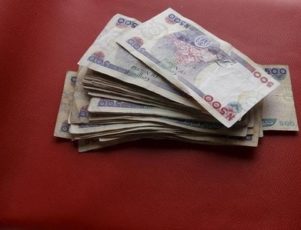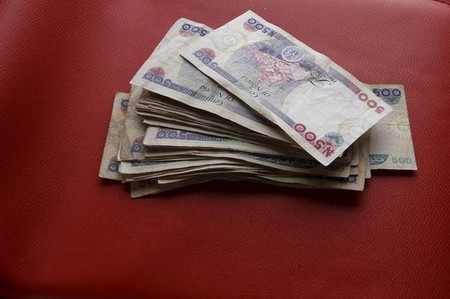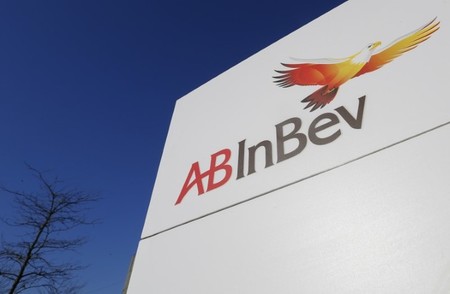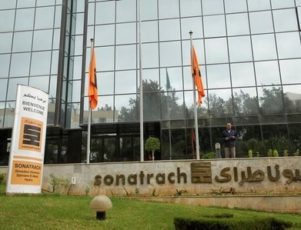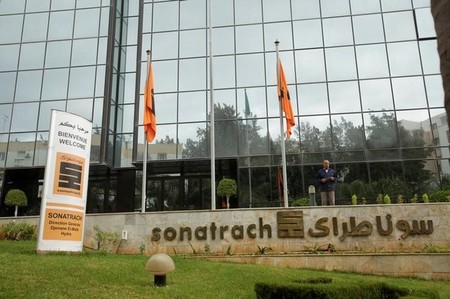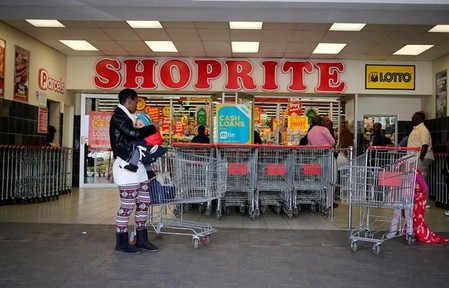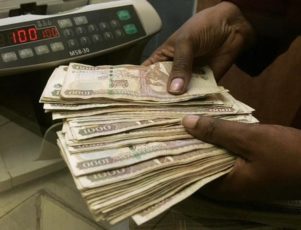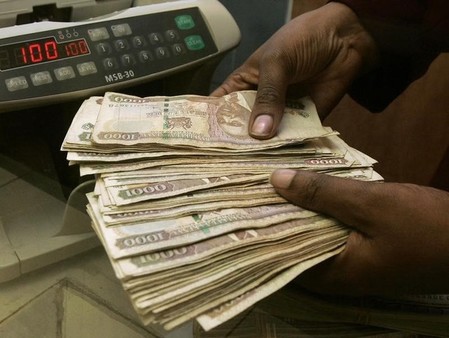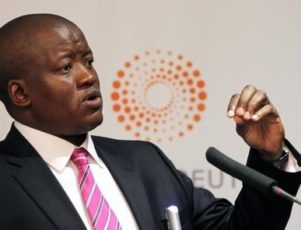LAGOS (Reuters) – Nigeria sold far fewer bonds than it offered on Wednesday, as investors worried about rising inflation demanded higher yields from a government looking to spend its way out of recession.
Africa’s largest economy raised 69.2 billion naira ($227 mln) in bonds maturing in five, 10 and 20 years’ time, less than the 95 billion naira it had wanted.
Investors were demanding yields of up to 18 percent for the notes, far above the mid-point at which the Debt Management Office (DMO) wanted to issue them, to compensate for inflation which hit more than 11-year high of 18.5 percent on Thursday.
“Many investors are not willing to lock up their funds at present levels,” one trader told Reuters.
Investors worried about rising inflation, with oil receipts and foreign inflows declining, are pushing up Nigerian bond yields, which could increase the cost of servicing local debt for the government, analysts say.
The DMO paid 16.43 percent to auction 41 billion naira, maturing in 2036 debt and fetched 25 billion naira due in 2026 debt at 16.24 percent. It issued 3.2 billion naira of 2021 debt at 15.99 percent. It paid around 15 percent for these notes at its previous auction last month.
On Tuesday, the government found unrecorded debts of 2.2 trillion naira left over from the previous administration, which turned up after an audit aimed at improving transparency.
The government expects the 2017 deficit to widen to 2.36 trillion naira as the government tries to drag the economy out of recession with a budget that foresees record spending. More than half of the deficit will be funded through domestic borrowing.
Total subscription at Wednesday’s auction stood at 102.84 billion naira. Traders said the quest for higher yields masked the levels of liquidity in the banking system.
(Reporting by Oludare Mayowa; Writing by Chijioke Ohuocha; Editing by Angus MacSwan and Hugh Lawson)

